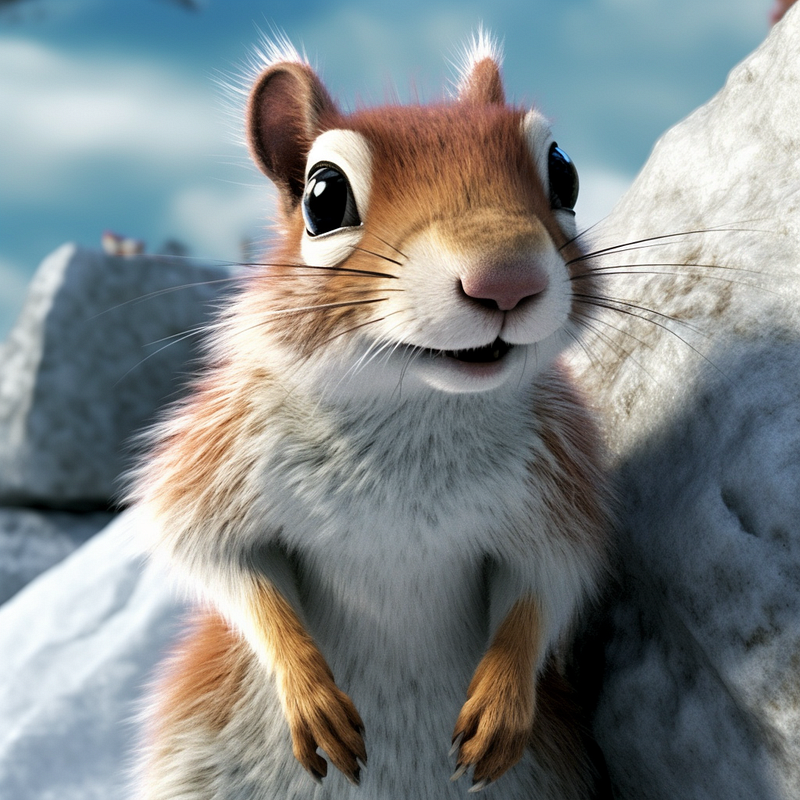Unearthing Secrets of the Permafrost: A 30,000-Year-Old Discovery
Written on
Chapter 1: The Enigma of Permafrost
Permafrost, often overlooked as a mere cold layer of soil, holds astonishing secrets from millennia ago. This frozen ground, which remains at or below 0°C for at least two consecutive years, is a crucial repository of historical knowledge. Covering approximately 25% of the northern hemisphere, it can be found in regions like the Arctic tundra, subarctic forests, and high-altitude mountain ranges.

Researchers have unearthed remarkable discoveries from permafrost, including ancient viruses and the remains of long-extinct species. Recently, attention has turned to a fascinating find from 2018: a mummified squirrel, affectionately named "Hester," was identified. This prehistoric rodent is believed to have succumbed to hibernation approximately 30,000 years ago.
Section 1.1: The Discovery of Hester
Hester was uncovered by miners in Hester Creek, Yukon—an area historically known for the gold rush of the late 19th century. The mummified squirrel is of immense scientific value, akin to precious metals unearthed from the ground. Experts have classified Hester as an Arctic souslik, or Urocitellus parryii, a species still found in the region today.
Subsection 1.1.1: Preserving the Past
Scientists opted to leave Hester in its natural ball shape to prevent damage to the delicate specimen. According to Dr. Jess Heath, a local veterinarian, X-ray imaging revealed that the squirrel's skeletal structure remains remarkably intact. Researchers hypothesize that Hester entered hibernation before its untimely demise, curling up in underground burrows—often lined with leaves for comfort.
Section 1.2: What Lies Beneath the Ice?
Permafrost is not just a time capsule for ancient life; it contains a wealth of frozen organic materials. This encompasses dead plants, animals, and microorganisms preserved for tens of thousands of years. However, as climate change causes permafrost to thaw, these materials decompose and release significant amounts of greenhouse gases like carbon dioxide and methane, potentially exacerbating global warming.
In addition to organic matter, permafrost is rich in minerals and resources, including valuable metals and fossil fuels. Although the extraction of these resources faces challenges due to harsh Arctic conditions, advancements in technology may soon change that.
Chapter 2: Ancient Life and Future Implications
The first video discusses the stunning discovery of a 44,000-year-old mummified wolf found in Siberian permafrost, showcasing the remarkable preservation of ancient life.
The second video explores four mysterious creatures captured on camera, delving into the intriguing evidence of life that may exist beyond our understanding.
By studying layers of permafrost, scientists can glean insights into Earth's climatic history, track the movements of ancient flora and fauna, and investigate remnants of human habitation.
As we continue to explore this frozen frontier, we may uncover more about our planet's past and its future, highlighting the delicate balance between preservation and change.
Thank you for taking the time to read this article! If you found it informative, please consider showing your appreciation with some claps or following me for more insights. Your support means a lot!